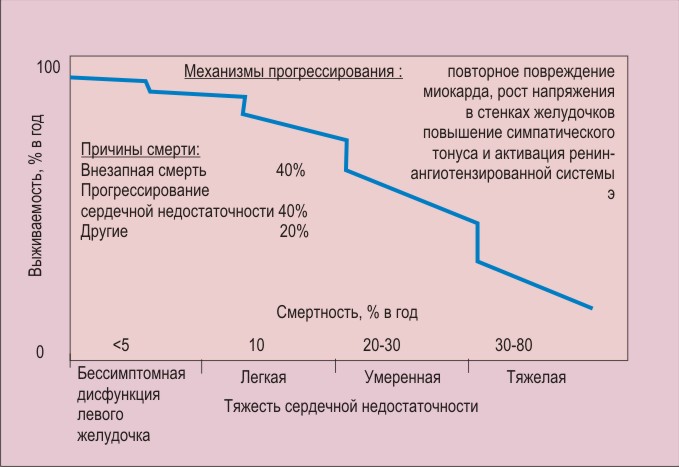APOPTOSIS IN UNICELLULAR ORGANISMS: MECHANISMS AND EVOLUTION
A. V. Gordeeva, Yu. A. Labas, R. A. Zvyagilskaya
A. N. Bach Institute of
Biochemistry, Russian Academy of Sciences, 119071, Leninskypr. 33,
Moscow, Russia; fax: (095)954-2732, E-mail: anna_gord@mail.ru Data about programmed death (apoptosis) in unicellular organisms from bacteria to ciliates are discussed. Apoptosis appeared as early as in lower eukaryotes, but its triggering mechanisms are distinguished from the classical ones. During evolution, the apoptotic process has been improving gradually, with reactive oxygen species and Ca2+ playing an essential role in the apoptosis triggering. All eukaryotic organisms harbor apoptosis inhibitors, which might be introduced by viruses. In the course of evolution, caspases and apoptosis-inducing factor appeared before other apoptotic proteins, with so-called death receptors being the last among them. The functional analogs of eukaryotic apoptotic proteins take parts in programmed death of bacteria. Key words: apoptosis, bacteria, Ca2+, caspases, death receptors, evolution, eukaryotes, and reactive oxygen species
